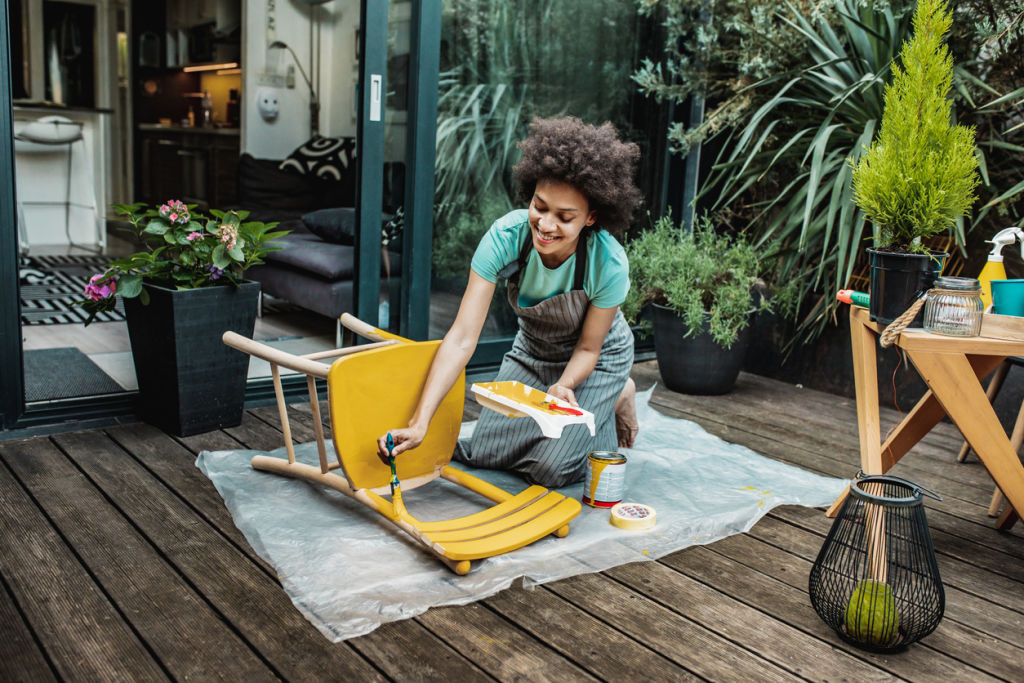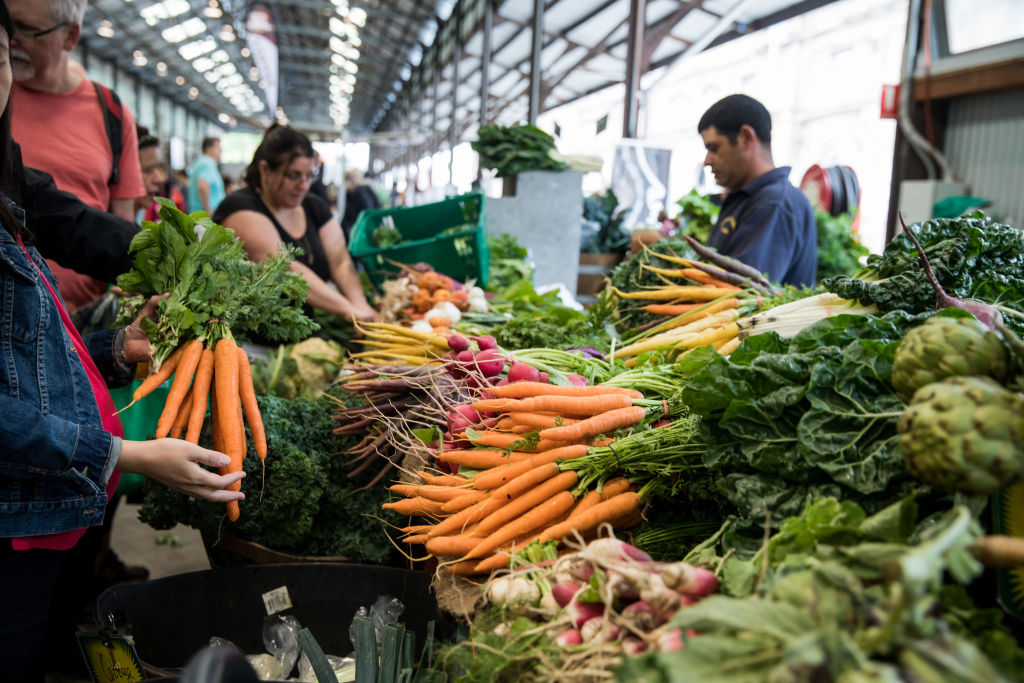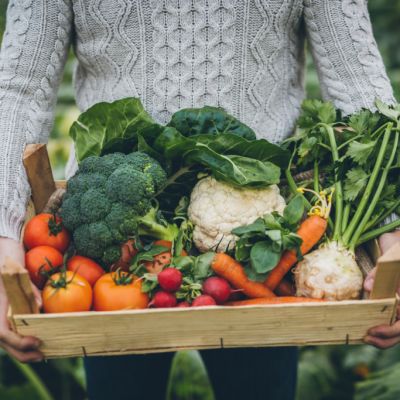5 small changes you can make at home to take climate action

We know it’s important to live more sustainably, and that tackling climate change is a challenge for us all. While the problem can seem overwhelming, small changes to our daily routines can make a big difference.
1. Compost
Kate Flood, also known as Compostable Kate, says what we do with our food waste really matters.
“If global food waste were a country, it would be the third-largest emitter of greenhouse gases in the world, behind the US and China,” she says.
“Compost sequesters carbon from the atmosphere and returns it to our soil. Simply ensuring your household waste is composted is a serious tool in the battle to save our planet.”

Flood says there are simple options if you’re not sure where to start.
“If you’re time-poor, worried about bugs or stinky compost, try a worm farm or Bokashi. These systems are not much harder to manage than throwing your scraps into a bin.”
Rob Pekin, the founder of FoodConnect, agrees. He recommends composting and meal planning to minimise waste.
“Meal prepping can prevent veg going to waste, as can learning to make your own stocks and soups. If something must go, compost! Even if you don’t have space for your own compost bin, there are community gardens or apps that can hook you up with a neighbour who has one,” Pekin says.
2. Recycle

Britt Dreghorn from ethical fashion website Britt’s List says almost everything you take home can be recycled – paper, newspaper, glass, cans and even plastic.
“We save and return our soft plastics to a collection point at the supermarket, and recycle hard plastics, glass and paper in the council recycling bin,” Dreghorn says.
Look for recycling programs such as Terracycle, where you can drop off items such as batteries, make up and office waste.
3. Buy less and secondhand

Dreghorn says every product has an environmental impact at the start and end of its life.
“We need to think twice about what we’re bringing into our homes and how we can dispose of it thoughtfully,” she says. “Simply consuming less helps to reduce our environmental footprint.”
Rethink your purchases – could you borrow an item instead of buying? Look for pre-loved items through antique shops, garage sales and websites like Gumtree or eBay.
4. Shop locally

“A really simple way to reduce your environmental impact is to source food and products from local growers and makers,” Dreghorn says. “Straight away you’re reducing emissions in transport, and therefore your environmental footprint.”
“Local food that’s in season requires less energy and materials to grow, and it’s healthier and tastier,” Pekin adds.
Buying local also means you reduce your packaging by bringing your own bags and avoiding the plastic that comes with items that are shipped or couriered.
5. Look at your energy supply

Swap your light bulbs to LED ones – they’re 85 per cent more energy-efficient – and switch off devices, appliances and lights when you’re not using them.
Installing solar panels can quickly reduce your emissions, and often saves money on electricity.
“Solar panels are getting more affordable, but even if you’re renting you can choose a more climate-friendly energy supplier,” Pekin says.


We recommend
We thought you might like
States
Capital Cities
Capital Cities - Rentals
Popular Areas
Allhomes
More
- © 2025, CoStar Group Inc.










